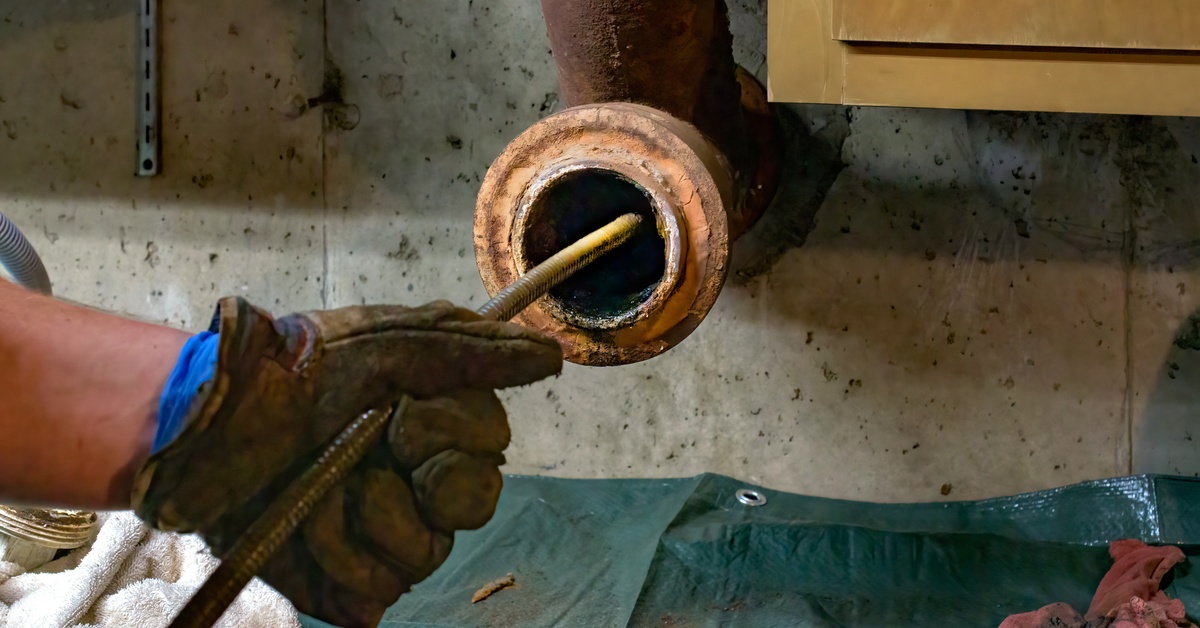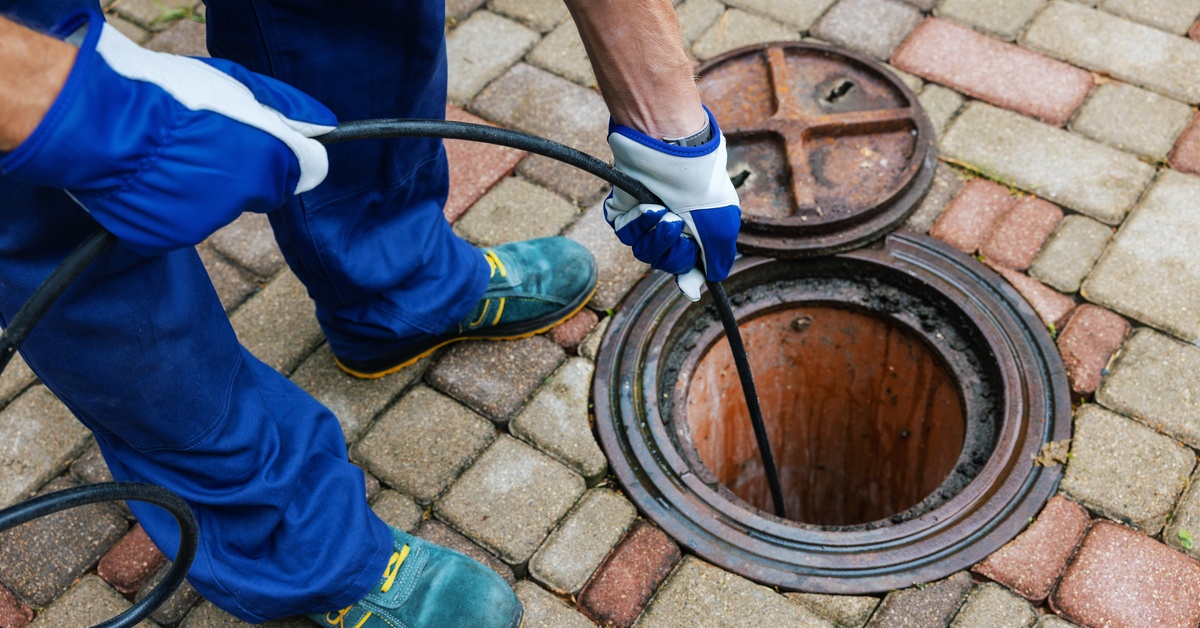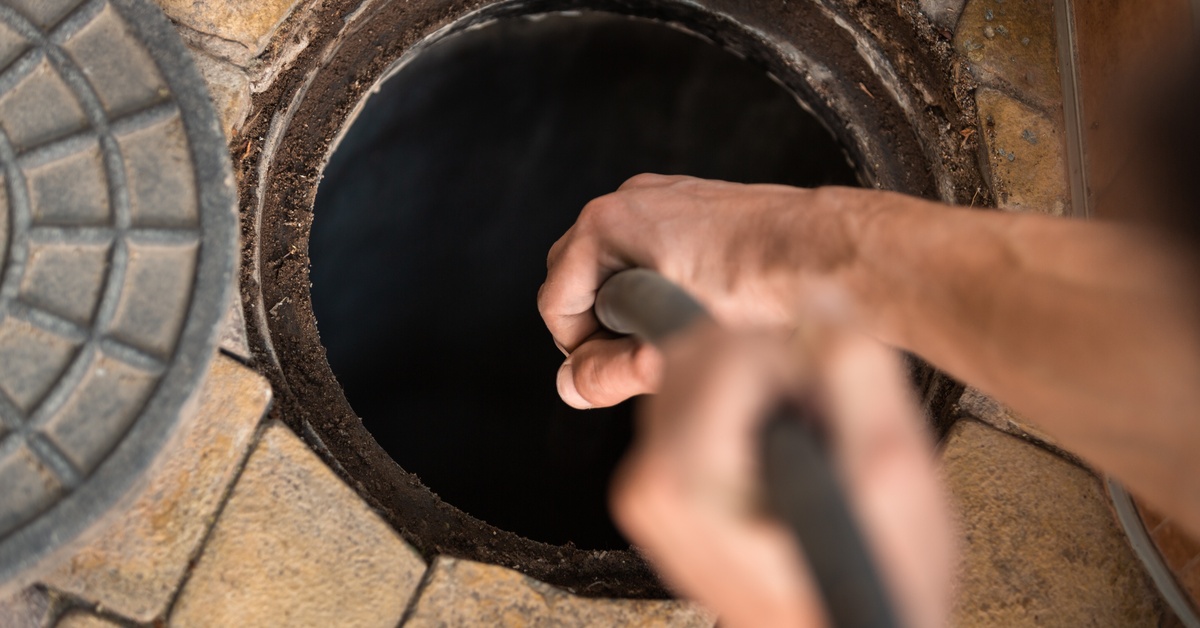
Author: Tyler Mashek
Professional drain cleaning requires specialized equipment that demands respect and proper handling. Jetter hoses represent important components in high-pressure water jetting systems, capable of delivering thousands of pounds pressure per square inch to clear stubborn blockages. Understanding proper operational procedures protects both equipment investments and operator safety while maximizing cleaning effectiveness.
Water jetting technology has revolutionized drain and pipe cleaning across residential, commercial, and industrial applications. The power generated by these systems can effortlessly cut through grease, scale, roots, and debris that traditional methods cannot address. However, this same power requires comprehensive knowledge of safe operating practices to prevent accidents, equipment damage, and costly repairs.
Operators who master proper jetter hose techniques experience fewer equipment failures, reduced maintenance costs, and improved cleaning results. The following operational guidelines to safely operate your jetter hose establish fundamental safety protocols while optimizing system performance for professional drain cleaning applications.
Pre-operational inspection protocols prevent equipment failures and identify potential hazards before system activation. Visual examination of the entire sewer jetting hose assembly reveals wear patterns, damage, or deterioration that could lead to catastrophic failure under pressure.
Check hose surfaces for cuts, abrasions, or bulging that indicate internal damage. Examine all connections, fittings, and couplings for signs of wear or loosening. You should always verify that safety equipment, including pressure relief valves and emergency shut-off controls, functions correctly. Don’t forget to document inspection findings to track equipment condition over time and establish replacement schedules.
Operating within manufacturer-specified pressure limits prevents hose failure and extends equipment lifespan. Each jetter hose carries specific pressure ratings based on construction materials, diameter, and intended applications. Exceeding these limits compromises structural integrity and creates dangerous operating conditions.
Review system specifications regularly and ensure pressure settings align with hose capabilities. Make sure to monitor pressure gauges continuously during operation to detect fluctuations or spikes that indicate potential problems. Maintain detailed records of operating pressures to identify patterns that may suggest maintenance needs or component wear.

Correct hose manipulation techniques prevent kinking, twisting, and excessive bending that reduce flow efficiency and accelerate wear. Support hose weight appropriately during deployment and retrieval to minimize stress on connections and prevent damage to internal reinforcement layers.
Use gradual curves rather than sharp bends when routing hoses around obstacles. Avoid dragging hoses across rough surfaces that could cause abrasion damage. You should store hoses properly on a reel between uses to maintain flexibility and prevent permanent deformation that affects performance.
Consistent water flow and pressure depend on reliable supply systems that meet jetter equipment requirements. Insufficient water volume restricts system performance while contaminated water sources introduce debris that damages internal components and reduces cleaning effectiveness.
Verify that water source capacity matches or exceeds system demands before beginning operations. Install appropriate filtration systems to remove sediment, debris, and contaminants that could clog nozzles or damage pump components. Monitor water quality regularly and replace filters according to manufacturer recommendations.
Nozzle selection directly affects cleaning performance, pressure requirements, and hose stress levels. Different nozzle designs optimize water flow patterns for specific blockage types and pipe conditions. Proper matching prevents excessive pressure buildup and helps with efficient debris removal.
Consider pipe diameter, blockage type, and cleaning objectives when selecting nozzles. Rotating nozzles provide comprehensive cleaning coverage, while penetrating nozzles focus pressure for stubborn obstructions. Chain knocker nozzles excel at root removal, and ceramic nozzles offer extended service life in abrasive conditions.
Gradual pressure increases allow operators to assess pipe conditions and blockage resistance while preventing sudden pressure spikes that could damage equipment or piping systems. Start with minimum effective pressure and increase incrementally until you achieve the desired cleaning results.
Monitor system response to pressure changes and adjust accordingly. Sudden pressure drops may indicate hose damage or nozzle obstruction, which may require immediate attention. Keep steady pressure levels once effective cleaning begins to ensure consistent performance throughout the operation.
Proper hose insertion techniques maximize cleaning effectiveness while preventing equipment damage and operator injury. Control advancement speed to ensure thorough cleaning without overwhelming debris removal capacity or creating dangerous pressure buildups.
Operate with steady, controlled movement that allows adequate cleaning time for each pipe section. Avoid rapid insertion or withdrawal that could cause hose whipping or loss of control. Use mechanical feeding systems when available to maintain consistent speed and reduce operator fatigue.

Active monitoring during operations identifies developing problems before they escalate into equipment failures or safety hazards. Observe pressure readings, water flow rates, and system sounds for changes that indicate potential issues requiring attention.
Establish baseline performance parameters for normal operations and recognize deviations that suggest maintenance needs. Make sure to document unusual conditions or performance changes to support troubleshooting efforts and preventive maintenance planning.
Early identification of equipment problems prevents catastrophic failures that could cause injury or significant repair costs. Understanding common failure modes and warning signs helps operators take corrective action before damage occurs.
Watch for:
Comprehensive emergency protocols protect operators and equipment when unexpected situations develop during jetting operations. Clear procedures for system shutdown, pressure relief, and emergency evacuation allow for rapid response to dangerous conditions.
You need to train all operators in emergency shutdown procedures and ensure emergency controls remain easily accessible during operations. Maintain emergency response equipment, including first aid supplies and communication devices. Practice emergency scenarios regularly to ensure effective response capabilities.
Preventive maintenance programs extend equipment life and maintain optimal performance while reducing unexpected failures and safety risks. Regular servicing identifies wear patterns and potential problems before they affect operations or create hazardous conditions.
Follow manufacturer maintenance schedules for all system components, including hoses, pumps, and accessories. Replace wear items before failure occurs and maintain adequate spare parts inventory to minimize downtime. Document all maintenance activities to track equipment history and identify recurring issues.
Thorough training programs help operators understand equipment capabilities, limitations, and safety requirements. Comprehensive education covers theoretical knowledge and hands-on experience necessary for safe and effective jetter operations.
Include equipment operation, safety procedures, maintenance requirements, and emergency response protocols in training curricula. Always provide regular refresher training to reinforce proper techniques and introduce new safety practices or equipment modifications. Keep training records to document operator qualifications and continuing education requirements.
Professional jetter operations demand a comprehensive understanding of equipment capabilities, safety requirements, and operational best practices. Successful operators combine technical knowledge with practical experience to achieve optimal cleaning results while maintaining the highest safety standards.
Implementing these operational guidelines creates a foundation for safe and effective jetter hose operations that protect both equipment investments and operator safety. Regular training, maintenance, and adherence to established procedures ensure consistent performance and extend equipment service life while minimizing operational risks.